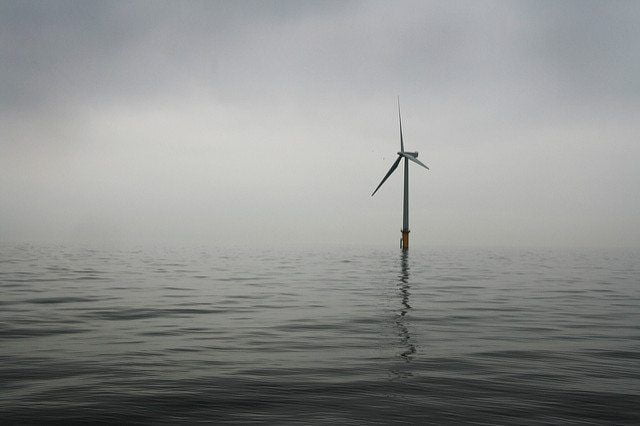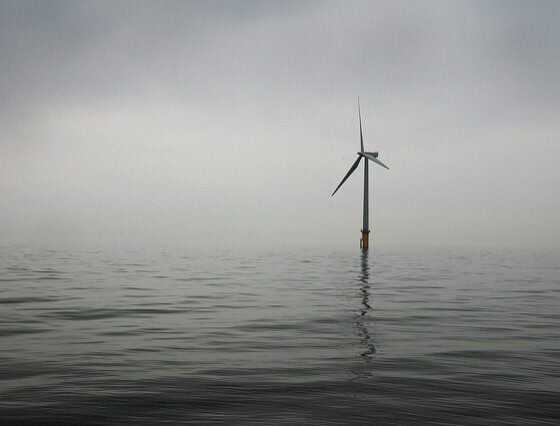

Energy
ORE Catapult And OAS Collaborate To Improve Offshore Wind Turbine Control
The two organisations will work together to validate software that will improve control strategies of offshore wind turbines.
Ocean Array Systems (OAS) will use the Offshore Renewable Energy (ORE) Catapult’s 7MW offshore wind demonstration turbine to validate software designed to improve the control strategies of the offshore wind turbines. Improved turbine control, adopted farm-wide, could see as much as a 2.4% reduction in the Levelised Cost of Energy (LCOE) of offshore wind.
OAS’s TurbineGRID simulation software enables wind farm owner/operators to better predict how turbines respond to atmospheric turbulence, stability and wake interaction at both individual and farm level.
The project, Simulation to enable Asset Life Extension of wind turbines (SALE), funded by Innovate UK, will use production and load sensor data from the Levenmouth Demonstration Turbine, combined with wind conditions measured through a met mast and Lidar located at the site. These will then be compared with the numerical model of the wind conditions and turbine response of the TurbineGRID software to validate the tool.
The Levenmouth turbine load data will come from sensor instrumentation that is to be installed on the turbine’s blades, tower and substructure to monitor its behaviour in real-world conditions.
“We have developed an effective method to characterise the effects of turbulence and this is used in our ‘TurbineGRID’ simulation tool to model site-specific turbine and array performance,” said Nicola Pearson, OAS Commercial Director.
“Wake breakdown and interaction are modelled and these innovations enable a more accurate prediction of blade loading and lifetimes. These tools will enable new control strategies to manage turbine interaction, yield and fatigue loading effects.”
Andy Kay, ORE Catapult’s Innovation Manager, said: “Our Levenmouth Demonstration Turbine is the world’s most advanced, open access, offshore wind turbine dedicated to research and enables us to support companies in developing and validating new technologies.
“Deploying sensors on the turbine gives us a unique opportunity to understand the behaviour of a large turbine in real-world conditions and the impact of these conditions on turbine production and loads.”
As part of this project, there is also an opportunity for other turbine owner/operators to share array production data in return for the confidential reporting of turbulence characteristics and turbine response using the TurbineGRID software. For further information on this, or to be kept informed of project progress, please contact Nicola Pearson at OAS.


 Environment9 months ago
Environment9 months agoAre Polymer Banknotes: an Eco-Friendly Trend or a Groundswell?

 Environment11 months ago
Environment11 months agoEco-Friendly Home Improvements: Top 7 Upgrades for 2025

 Features8 months ago
Features8 months agoEco-Friendly Cryptocurrencies: Sustainable Investment Choices

 Features10 months ago
Features10 months agoEco-Friendly Crypto Traders Must Find the Right Exchange




























